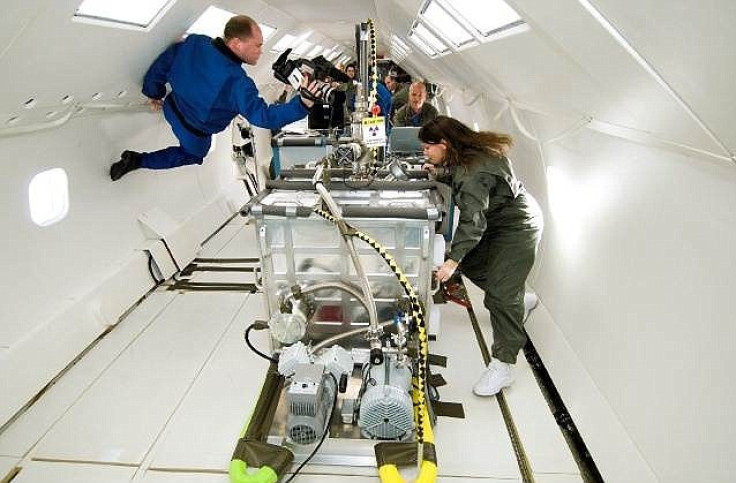Product of the Year 2014: 3D Printers and Ham in a Can

The list of winners of Product of the Year 2014 has revealed that the most popular futuristic product for consumers are 3D printers, with half wanting to try out the technology.
Findings showed that 47% of people are interested in using a 3D printer, while 37% believe it is the next big product of the future.
Two-thirds of people said they would be willing to pay more for the added convenience of 3D printers and personalised features.
The Product of the Year also threw up another unexpected future invention people are hoping to see over the coming years.
A fifth of respondents to the competition said they would like to see aerosol ham – ham in a can that can be sprayed. Five percent of respondents said they believed ham spray will be the "next big thing" in 2024.
As aerosol ham has not been invented yet, IBTimes UK looks at some of the ways 3D printers were used last year.
Babies
It was recently announced a company in the US – 3D Babies – will produce a 3D print of your unborn baby from scans. It claims to create "a unique artistic representation of your baby using the latest computer graphics and 3D printing technology". The company has not yet raised enough funds to get started and it is unclear if or when the company will be launched.
Eye cells
A 3D printer was used to create eye cells by a team from the University of Cambridge, who produced the artificial tissue grafts from inkjet printing technology. Researchers said this was the first time 3D printing technology had been used to create mature central nervous system cells, adding that the cells remained healthy and could survive and grow in culture.
Hobbit memorabilia
In December, Hobbit fans were offered a download of a 3D blueprint that they could use in a 3D printer to create their own replica of the Key to Erebor – the artefact that allows dwarf king Thorin Oakenshield to enter the back door of the Lonely Mountain that Smaug the dragon is occupying.
Dinosaurs
Scientists in Germany used a 3D printer to recreate dinosaur fossils through computer tomography scans last year. The researchers were hoping to see whether 3D printers could be used to non-destructively separate fossilised bone from its surrounding sediment, so a 3D print of the bone could be produced.
Body parts
Last May, doctors at the University of Michigan used a 3D printer to create a splint of a baby's collapsed bronchus, meaning he could breathe properly. The splint was custom designed and fabricated using high-resolution imaging and computer aided design using a CT scan of the baby's trachea and bronchus. It was then produced with a 3D printer. Scientists at Oxford University also used 3D printing technology to produce living tissue, which did not have the problems of stem cells.
Space Pizza
Nasa has approved a project to work on 3D food printers that can produce edible pizza for astronauts in space. It has allocated £83,000 towards the research. The machine will first print the cooked dough, after which the topping ingredients will placed in cartridges that can last around 30 years.
Guns
A company in California showed it had successfully fired the first 3D printed metal gun last November. The online video showed live rounds being fired from the gun, which was made from 30 components. Phillip Conner, project manager of producer Solid Concepts said: "We weren't trying to figure out a cheaper, easier, better way to make a gun. That wasn't the point at all."
© Copyright IBTimes 2024. All rights reserved.






